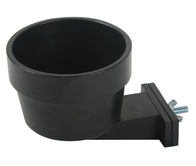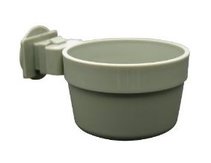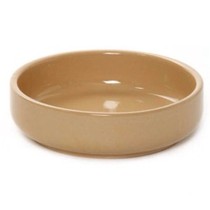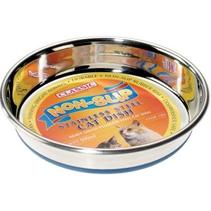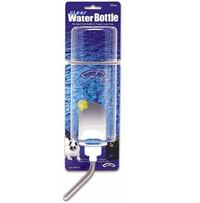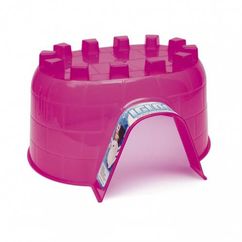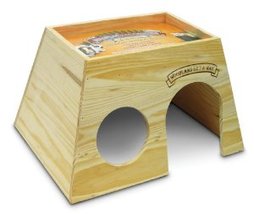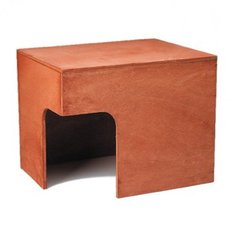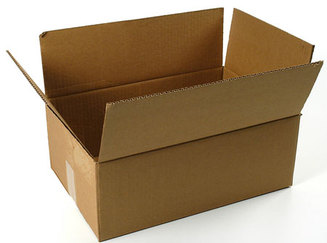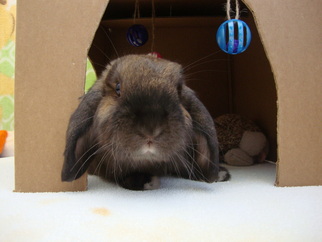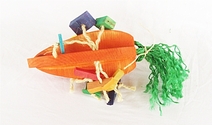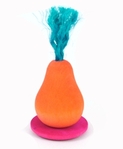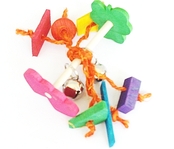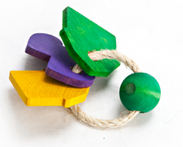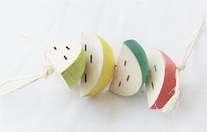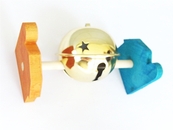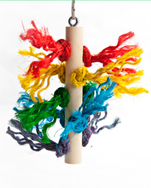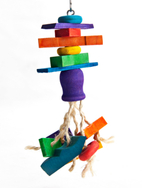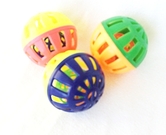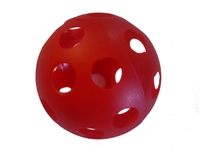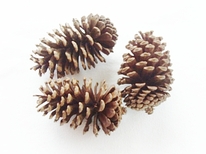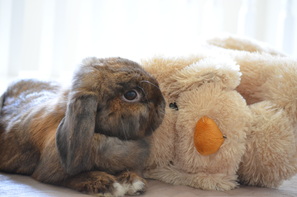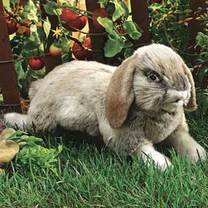Accessories |
Accessory options and tips for your disabled rabbit.
|
Disabled Rabbits and Accessories
The accessories you choose for your disabled rabbit are going to be somewhat different than those you would choose for a non-disabled rabbit. Food dishes, water dishes, houses, toys- all of these items must be considered and chosen carefully so that they meet your rabbit's needs and limitations. They also must be distributed and set up in the rabbit's enclosure so as to avoid clutter. Disabled rabbits often have difficulty moving and maneuvering around their enclosure. Adding unnecessary items that they may trip or stumble over is not good. Keep this in mind when choosing your rabbit's enclosure accessories.
Here are some accessories and tips on how to choose them for your disabled rabbit.
Here are some accessories and tips on how to choose them for your disabled rabbit.
Food and Water Dishes
When it comes to food and water dishes for a disabled rabbit, it is often most important to find ones that are low and accessible for your rabbit. Consider your rabbit's needs. What would be easiest for them? What will they be able to reach without too much effort?
These are two common crocks that are available at most major pet stores. The first connects from the bottom and the dish sits upwards. The second connects from the top and the dish sits downwards. We recommend the second of these two crocks. We use these for our water dishes for our disabled rabbit as we find that they reach closer to the floor than the first crock and we like that they are held in place. These crock types are convenient for disabled rabbits that are able to move to where their dishes are located and that are able to sit upright or semi-upright to eat and drink. If this is not the case for your disabled rabbit, then another option may need to be considered. They are also helpful for rabbits that (like ours) like to tip over unsecured dishes.
Other options:
Low ceramic dishes, stainless steel cat or kitten saucers, and water bottles are all other options for food and/or water containers. Lower dishes are much more accessible for rabbits that have more limited movement or that are not able to sit upright easily to reach into a deeper food or water dish. We use these types of dishes during injury recovery to hand-feed food and water as the low sides allow them to eat or drink easily and without too much reach. We do find that for troublesome rabbits, however, that these dishes are easily tipped or spilled. So, if you use them, be sure to keep an eye out for any messes and to be sure that they are full. If your rabbit is comfortable with it, a water bottle may also be another accessible option for water.
Houses
What won't work:
|
Though the most common houses available in most pet stores, these house types are not ideal for a disabled rabbit. Disabled rabbits often have difficulty moving and maneuvering. Giving them a house that is small and limited in space (especially turn-around space) and allowing them only a narrow entrance and exit will not suit their disabilities well.
|
What will work:
|
The best house that we have found for a disabled rabbit is a cardboard box. Try to find one that is a rectangle, at least three times the size of your rabbit. Remove the top four flaps with a box cutter. Then cut large, dome-shaped doors in one small side and one large side of the box. That's it! You have an easy, roomy, accessible and maneuverable (and affordable!) house for your disabled rabbit.
|
Toys
When choosing toys for your disabled rabbit, be sure to choose ones that are not going to hinder or harm your rabbit in any way. This includes toys that they can get stuck in or caught on, toys with sharp edges, toys that are large and hard to move around, etc. Think about the types of toys your rabbit enjoys- tossing, flinging, free-standing, hanging, jingling- and then find versions of those toys that take their limitations and needs into account.
Here are some toys we like from Happy Rabbit Toys store online*.
Here are some toys we like from Happy Rabbit Toys store online*.
*Based on our experiences, we recommend the Pet Rabbit Toys store online. They have a great selection of unique, rabbit-safe toys, including do-it-yourself kits, that can be shipped all over the country. They also help to support rabbits in shelters, which is always a plus. Pet Rabbit Toys does not endorse this site in any way- we recommend their products based on our personal use and experience alone.
Dolls
|
An accessory that many owners do not think to give their rabbits is a doll. Disabled rabbits often are not able to have a mate due to the risk of injury. Dolls provide a great substitute for companionship and are even a great compliment to rabbit (and human) companionship.
Every one of our rabbits has a doll- our disabled rabbit especially more so. There are so many instances throughout our day when we will look over at one of our rabbits and see them licking and grooming their doll or cuddling up next to them. They truly are an important and integrated part of their lives. For a disabled rabbit, a doll can become their best friend. They bring comfort and a feeling of friendship and companionship. During illness or injury, and especially during a recovery, this comfort is irreplaceable. It can bring them security, calm, and a much-needed boost in mood and morale. A simple soft dog toy will work. Try to adjust the size of the doll based on the size of your rabbit. Be careful for any loose fibers or tags. |
Available online from:
The Binky Bunny Store |

